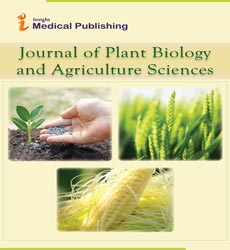Comparative Study between the Hypoglycemic and Antioxidant Effects of Echinochrome on Type 1 and Type 2 Diabetes Mellitus.
Abstract
Background: Diabetes mellitus (DM) is one of the five leading causes of death in the world and about six deaths per minute are attributable to diabetes complications. Echinochrome is quinonoid pigment which possesses high antioxidant and hypoglycemic activities.
Objective: The present study was carried out to compare between the hypoglycemic and antioxidant effects of echinochrome on type 1 and type 2 diabetic rats.
Methods: Thirty six male Wistar albino rats were divided into two main groups, type 1 diabetes and type 2 diabetes groups. Each main group divided into 3 subgroups (6 rats/subgroup); control, diabetic and echinochrome trated groups. Diabetes type 1 was induced by single dose of streptozotocin (60 mg/kg, i.p) and type 2 induced by high fat diet for 4 weeks before the injection with streptozotocin (30 mg/kg, i.p).
The treated groups administrated echinochrome (1 mg/kg body weight in 10% DMSO) daily for 4 weeks.
Results: Administration of echinochrome improved diabetic marker, liver function, lipid profile, kidney function and antioxidant system which more pronounced in T1DM, while the improvment in glucose-6-phosphate dehydrogenase, γ-glutamyltransferase and glutathion reduced were more pronounced in T2DM.
Conclusions: The antidiabetic potency of Ech was more pronounced in T1DM, indicating that the possible antidiabetic mechanisms of Ech involving improved glucose metabolism, restoration of β cells, improve insulin secretion, and antioxidant activity. The cells in T1DM prefer pathway of glycolysis, while in T2DM the cells prefer pentose pathway
Open Access Journals
- Aquaculture & Veterinary Science
- Chemistry & Chemical Sciences
- Clinical Sciences
- Engineering
- General Science
- Genetics & Molecular Biology
- Health Care & Nursing
- Immunology & Microbiology
- Materials Science
- Mathematics & Physics
- Medical Sciences
- Neurology & Psychiatry
- Oncology & Cancer Science
- Pharmaceutical Sciences
